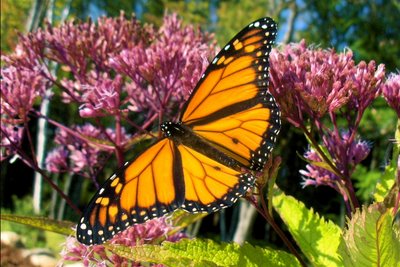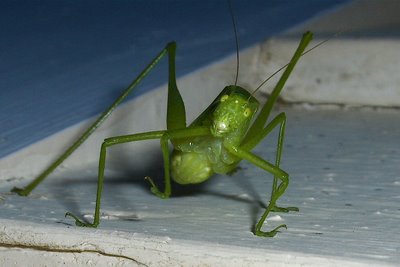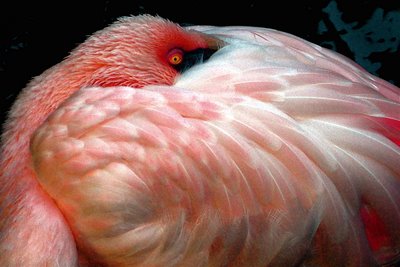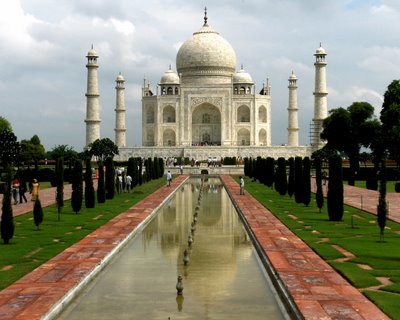 Laughing Reindeer, Nara, Japan, June 2003, Pentax Optio 555, Exposure 1/160 sec @ f5.6, ISO 100, no flash © Steven Crisp [Click on the photo to enlarge]
Laughing Reindeer, Nara, Japan, June 2003, Pentax Optio 555, Exposure 1/160 sec @ f5.6, ISO 100, no flash © Steven Crisp [Click on the photo to enlarge]OK, sorry -- he's not laughing at you given the question above. I just couldn't find a better photo for this post. But it is amazing how much he does look like he's laughing, doesn't it? Anyways ...
Just where does genius come from? Have you ever asked yourself that question? Genius can be mathematical or scientific, like Einstein, or it can be in the arts, like Mozart, and many other ways as well. Are these people simply born as geniuses? Are they just really smart, or is it that they have an ability to tap into something that the rest of us struggle with daily. Perhaps they are not as constrained as you and I, for some reason. Perhaps they are inspired -- “in spirit”. And can this capability ever come to us common folk?
According to an extract from this article, Orlando Serrell did not possess any special skills until he was struck in the head by a baseball when he was 10. He has remembered where he was and what he was doing almost every day since.
Serrell is what Treffert calls an "acquired savant," someone who exhibits savant skills after suffering a head injury or a stroke to the left hemisphere of the brain. Treffert believes the brain injury somehow frees acquired savants from the language and logic that rules our everyday lives. [emphasis is mine]. You will also read (and hear) about other savant's extraordinary skills at the link above.
"We tend to think of ourselves as having this blank disc in the marvelous piece of equipment called the brain, and what we become is everything we put on this disc. And I'm saying there is much more to us. That we come with software," Treffert says.
In short, Treffert says, there is genius in all of us.
Think about that — or perhaps don’t think about it. Instead, consider it, contemplate it, reflect upon it, imagine it, do almost anything but think about it using standard words and conventions. As Treffert says, try to free yourself “from the language and logic that rules our everyday lives.”
And then, perhaps -- just perhaps -- you too can have a taste of your own genius -- without even trying. Either because you can unleash the true untapped potential of your brain (for materialists), or because you are in touch with that which is the source of all inspiration (for the metaphysical among us).
In any case, why not try to unleash your real potential. Or just rest in the knowledge that more lurks beneath your superficial self. Dig, my friend, dig deeply.
Neither a lofty degree of intelligence nor imagination nor both together go to the making of genius. Love, love, love, that is the soul of genius. -- Wolfgang Amadeus Mozart (1756-1791)
















